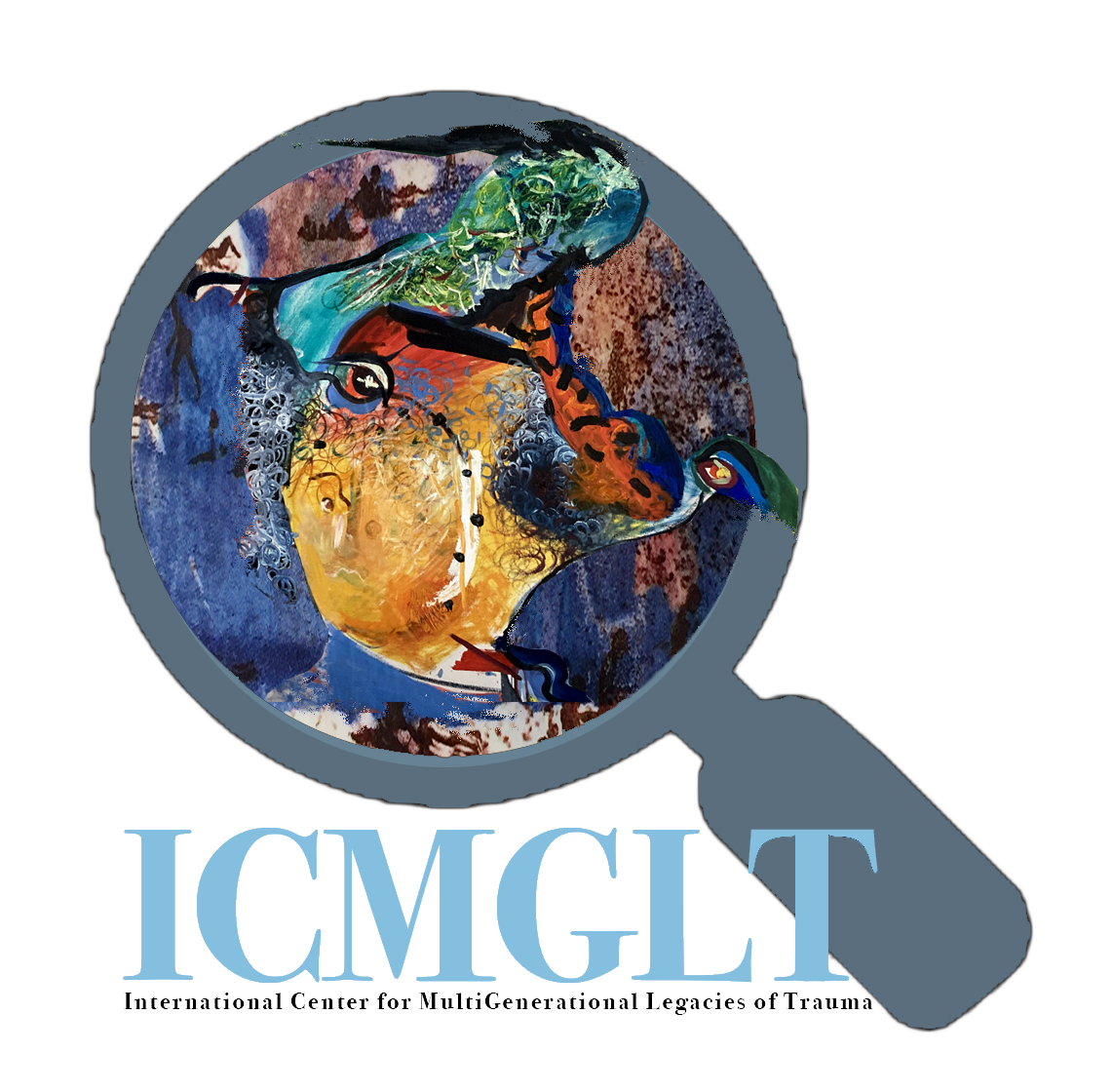Williams, D. R., Mohammed, S. A., Leavell, J., & Collins, C. (2010). Race, Socioeconomic Status and Health: Complexities, Ongoing Challenges and Research Opportunities. Annals of the New York Academy of Sciences, 1186, 69.
Abstract
This paper provides an overview of recent research on racial disparities in health and the complex ways in which race, ethnicity, and socioeconomic status (SES) combine to affect patterns of the distribution of disease. It begins by considering evidence of the magnitude of racial disparities in health and the striking pattern of earlier onset of illness and more severe disease for minorities compared to whites. It uses recent national data to illustrate the persistence of racial differences in SES and gives attention to the accumulating evidence that indicates that racial disparities in health persist at every level of SES. Understanding and effectively addressing racial disparities in health requires an appreciation of the contributing factors that importantly affect the racial patterning of the distribution of disease. First, we need to comprehensively delineate the multidimensional social concomitants of race and understand how they relate to each other and combine to affect health. This will require the consideration of SES in all of its complexity, as well as, how other social risk factors and resources combine to affect health. Second, we need to understand the ways in which migration history, status and context affect health and combine with SES to produce particular patterns of disease distribution. Third, we need to take a renewed look at two historical and often misunderstood potential explanations for social variations in health: medical care and genetics. There has been polarizing discourse regarding the potential contribution of genetics and medical care to racial differences in disease. Both of these explanations are critically evaluated and the paper calls for a new generation of research that will move beyond either/or explanations. We argue that research that will advance our scientific understanding should seek to comprehensively quantify risks and resources in the social environment linked to race and SES and examine how they cumulate over the life course and combine with innate and acquired biological factors to affect health.
Racial categorization in the U.S. and elsewhere has historically reflected oppression, exploitation and social inequality.1 In health research, these categories were often viewed as meaningful indicators of genetic distinctiveness.2 This chapter views “race” as capturing ethnicity — common geographic origins, ancestry, family patterns, language, cultural norms and traditions, and the social history of particular groups. The U.S. Government’s Office of Management and Budget (OMB)1 recognizes five racial categories (white, Black, American Indian or Alaskan Native, Asian, and Native Hawaiian and other Pacific Islander) and one ethnic category (Hispanic). In this paper, in the interest of economy and parsimony of presentation, we use “race” to refer to both the OMB racial and ethnic categories. Several considerations influenced this decision. Both categories capture ethnic or cultural variation, the distinction between the concepts are arbitrary and blurred, with many individuals considering the terms synonymous and with most Hispanics preferring that Hispanic be treated as a “racial” category.3, 4 In addition, race, as an influential social category in the U.S., has historically captured not cultural practices and beliefs but societally imposed stigmatization and marginalization that have been consequential for all aspects of life. We use the term ethnicity to refer to subgroups of the global OMB categories. In addition, in recognition of individual dignity, we use the most preferred terms5 for the OMB categories interchangeably (e.g., Black and African American, Hispanic and Latino, American Indian and Native American).

